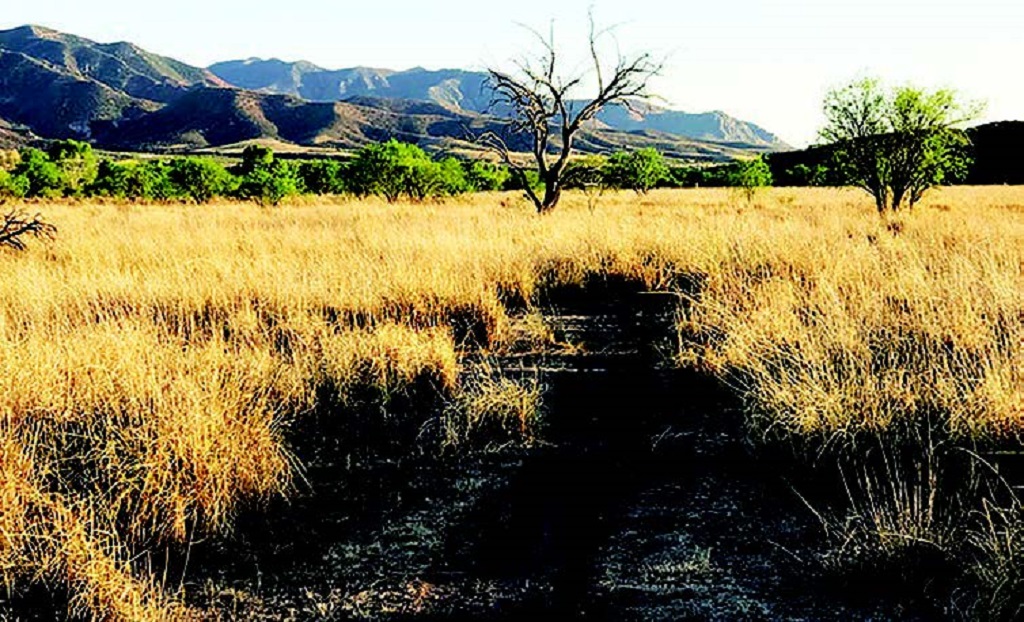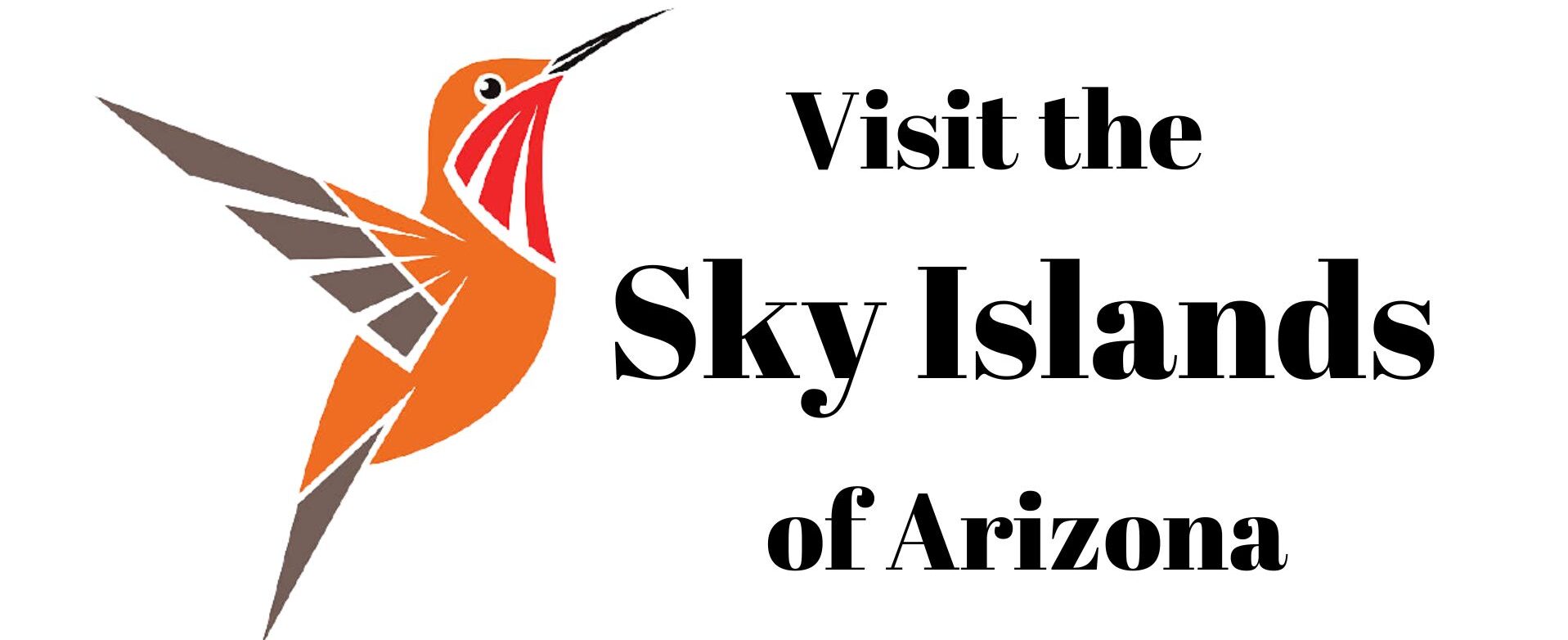
Construction has been completed this spring on Phase 2 of the Train Track Trail (TTT) that now connects the town of Patagonia with the Arizona National Scenic Trail (AZT) at Casa Blanca Canyon.
The TTT was originally envisioned by Betsy McGee and Cornelia O’Connor to connect the towns of Patagonia and Sonoita using the old New Mexico and Arizona Railroad rail- bed. By 2007 the group they formed became META, the Mountain Empire Trail Association. Some of the key players were Gary Gay, then Mayor of Patagonia, Cate Bradley of the National Park Service, Matt Killeen of The Nature Conservancy, Mary Dahl with Santa Cruz County, German Quiroga of the Patagonia Museum, and Jeffrey Cooper of the Community Coalition.
I became involved that year as an individual with a penchant for designing, building and maintaining trails, but also as a Segment Steward of the Arizona Trail Association, which had its own interest in such a project.
In a typical “rails to trails” conversion, the rail-bed right of way is a long, narrow, legally defined piece of property that is of no more use to a railroad company, and can be transferred to another entity (usually a local government) intact, and managed as a whole.
Unfortunately, the local rail-bed had been abandoned so long ago that it had reverted to the deeds beneath it, meaning the physical route and its structural remnants belonged to 17 private properties as well as the town of Patagonia.
Many of these landowners were resistant to a recreational trail crossing their properties. This obstacle was discovered early on, and a number of strategies were identified and pursued. It was decided to start with “Phase 1,” a partnership with the town, TNC, and Native Seeds, to build a trail crossing their lands from the town hall to the town limit using the old rail-bed, as well as a partial loopback. This would give the group experience, and hopefully establish a track record that might sway other potential partners down the line. All parties were supportive, and three years later the 2.5-mile partial loop Train Track Trail was opened.
“Phase 2,” the next 3.25 miles, would not be as easy. Initially, we built a trail around the properties that did not want to participate, using the ADOT right of way, but unfortunately, the first couple miles of it leaving Patagonia are too narrow, and that plan was not feasible. However, the trail now reaches the area where the right of way is wide enough, and that will be an important element in connecting the two towns.
With the completion of Phase 2, the TTT now provides a crucial connection to the new route being created for the AZT, which now crosses Hudbay and Borderlands Restorations private lands. The partnerships with these two organizations are critical to the AZT, and the TTT. The ” Last Spike ” in Phase 2 of the TTT was laid when South 32 bought the three critical parcels we previously could not get permission to cross. Their generosity and support of the local trails have allowed us to connect the town to the new route of the AZT, and in turn, to the trail system on Borderlands.
The AZT is an 825 mile non-motorized, primitive, recreational National Scenic Trail crossing the entire state from bottom to top. It was completed the same year the TTT was opened, 2010. Because it uses only public lands, the only route through the Patagonia area came right through town using ten miles of public roads. From the beginning, this was viewed as not ideal, but as the trail became more complete and established, and as local traffic increased, getting the trail off the roads became a priority.
When I became a steward in 2004, work was already underway to identify an alternative route. This route would have to cross a minimum of two miles of private land and would have to maintain access to Patagonia.
Patagonia, “the best little trail town in Arizona,” consistently gets rave reviews from trail users. But the route through town is consistently rated as such a negative that it cancels the value of the town to through travelers, those who wish to travel long stretches or even the entire trail at once.
Trails, at their heart, are about connections. Predating roads, they were always about connecting one place to another. Now they are mostly about recreation, and many trails or trail systems feature a loop back to the starting place. But even such a trail connects the user with the landscapes and lifeforms they encounter on the trail, and to some degree with other users, and the builders and maintainers of the trails. They can connect communities, and they can create communities. Our own Train Track Trail with its many artifacts also connects us to Patagonia’s past as a rail-head town, where ranchers and miners could send their goods to markets far away.
Strong communities build trails, and trails strengthen communities. Will the TTT make the final connection between Sonoita and Patagonia someday? It will if the communities really want it to.
